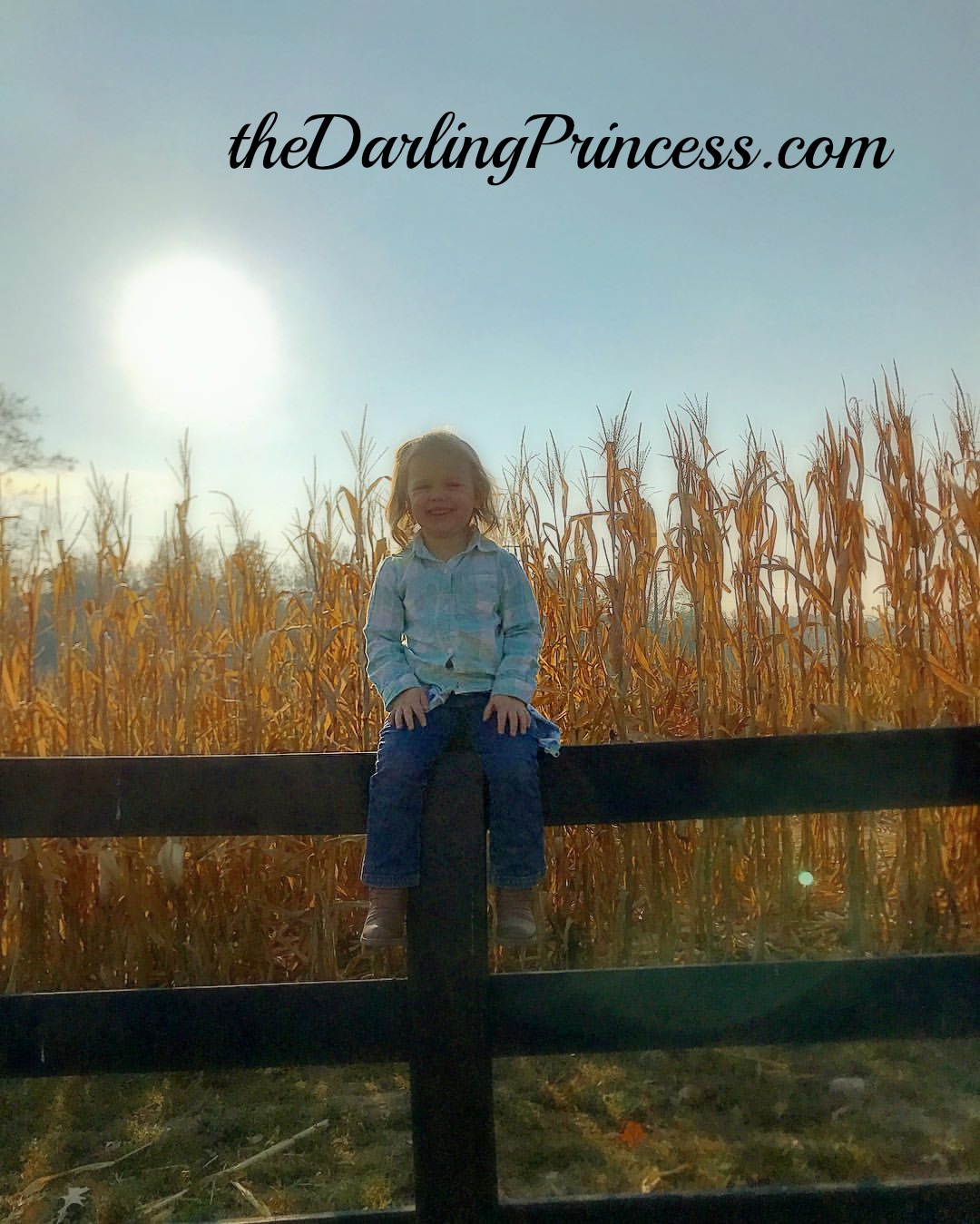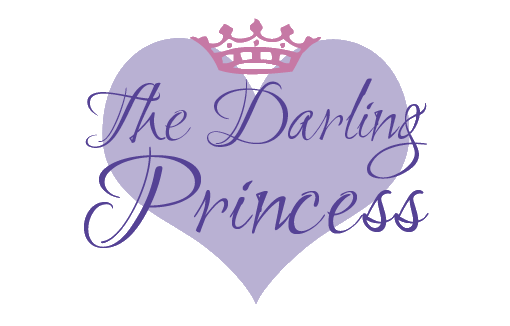
Using Pain to Promote Healing
How do we use pain to promote healing?
Frozen Shoulder
Have you ever known anyone with frozen shoulder, a pinched nerve or an injury that required physical therapy? If you have gone through physical therapy you know how painful it is at the beginning. After a big surgery or injury, the affected body part has usually atrophied a bit, it has shrunk in mass and strength.
Frozen shoulder is one example of a condition that requires physical therapy or PT. It’s one of those conditions that is often of unknown etiology, meaning, the cause might not be determined. Seemingly out of the blue, my shoulder was in horrible pain and so stiff, I couldn’t lift my arm.
PT was awful at first. The therapist knew how to get it moving though and they used a small jolt of electrical currents to redirect the nerves or some such thing. It hurt, but after the pain it brought relief. In the case of frozen shoulder or similar injury, you have to go through pain to get healing results, but what about the pain from abuse?
Emotional Trauma
The core violation of sexual abuse is both physical and emotional. I use the term, “core violation” because it is a deep internal violation of our being and identity, especially in child sexual abuse (CSA). Our young brains are not fully developed. We don’t have the neurological structure to handle it. Depending on our age at the time, we may not have the language to express what happened, how we felt, or even be able to tell who, when, or where.
As children, we don’t have the executive reasoning in place to evaluate the consequences of the events or our response to them. Children cannot contemplate repercussions, they simply act out. This often causes more difficulty for the child in relationships and or school or personal resources.
The central part of our brains shrink back and our emotions stay in a sort of loop of compounding pain and insecurity. If the assault was by a person we should have trusted to take care of us, then the betrayal is an indelible mark against all humanity.
Hope for the future becomes impossible for some. If the abuse is long term or committed repeatedly over a period of time during childhood, the damage is harder to correct. The pain of life’s challenges may overwhelm and cause no end of mental anguish.
Bodies Respond
We are not separate from our bodies. We interact with the world through our bodies, but we cannot always control how our body will respond to our environment. This is extremely confusing for children and for their sick perpetrators. I have heard perpetrators of CSA say that the toddler or child wanted the abuse. This is simply ridiculous. They didn’t know how to respond or what was happening to them.
We are designed for affection and relationships. We develop emotional bonds with physical contact and seek physical contact with emotional bonds, but that doesn’t mean that small children want or even understand sexual contact.
This confusion is a further assault on the psyche. We don’t know how to navigate the yucky feelings and the need for affection. So, often there is an additional interplay of guilt, especially since there is nearly always an element of secrecy involved. Usually, the secrecy is integral to the relationship. Secrecy may last well into adulthood.
Our bodies harbor pain, both physical and mental pain may be directly attributable to CSA. Mental trauma and physical trauma is recorded inside of us forever. It’s manifestations take a variety of forms. From anxiety to headaches and depression to joint pain, many somatic symptoms are considered of unknown etiology, but have their roots in early childhood trauma. The ACEs study explores this concept.
Pain to Promote Healing
Many of us have suffered the pain of abuse and many of us suffered the, sometimes equally excruciating, pain of healing from abuse. Whether professional therapy using interactive modalities or on our own with the help of God, many of us who have gone through the painful process are looking for ways to help others on their journey.
We are all different and we each have unique personalities. Not everyone is able to get on stages or speak to radio or tv audiences. Some of us are bringing up children. Raising a family in today’s world is an amazing way to use that past pain to bring healing by promoting healthy living in the next generation.
Some of us are still in the healing process. Well, really, we all are. I mean that we all have times when we must retreat and regroup. Some people are dealing with the intensive painful work of trauma therapy more consistently than others presently.
Pain for Purpose
How can we use the pain we have suffered for a good purpose? What if you’re quiet and want to remain anonymous? Or maybe you are far along in your healing and want to share. Perhaps, you have a skill or talent that would help.
There are ways of helping that don’t require you to be too vulnerable. I am very vocal. I get some pretty nasty responses for it, threats and nasty comments, both online and in person. Not everyone is called to do that. Here are a few ideas of how you can use your pain to promote healing anonymously. Individuals and society need healing from the scourge of sexual abuse.
- Participate in a study with a doctoral student
- Fill out a survey
- Encourage others on social media using a pseudonym
- Volunteer with people serving vulnerable populations
- Support ministries that provide hope and healing financially or materially
- Send notes of encouragement
If you do want to speak out, get some education and training and join groups to get you started. I did all of these things, actually, in the past month. I speak pretty regularly now.
In March, I was on Nashua This Morning with George Russell. Take a listen. Leave a comment.



